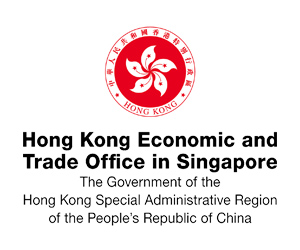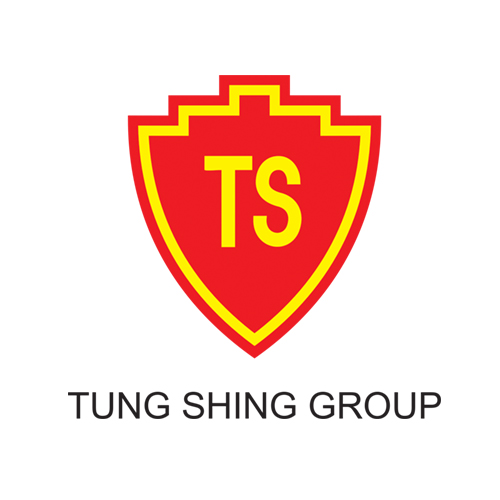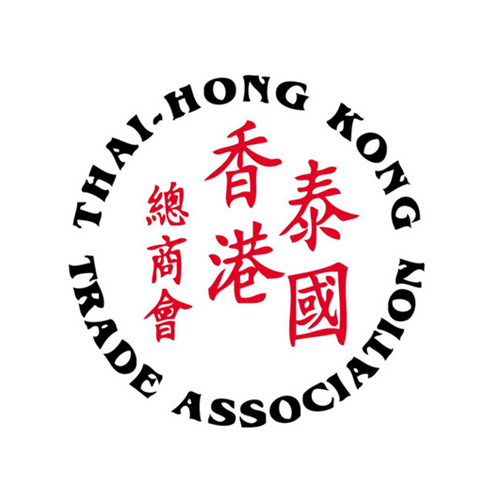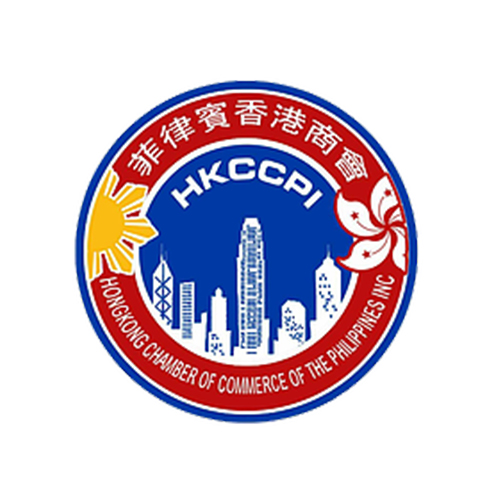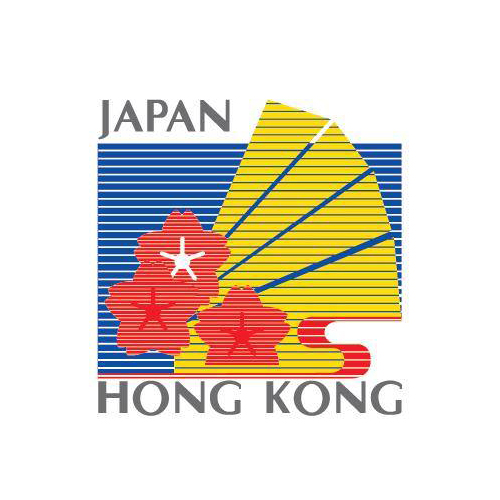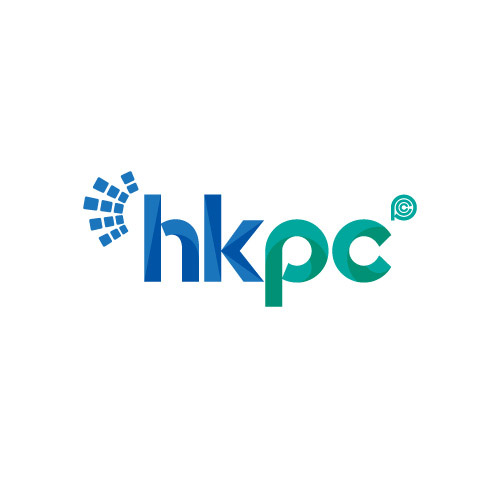Want to be in the loop?
subscribe to
our notification
Business News
ADVANCING DIGITAL TRANSFORMATION IN SEAPORT INDUSTRY
The digital ecosystem will help eliminate traditional manual transactions in seaports and digitize processes, in line with the trend of the fourth industrial revolution.
Digital transformation is an urgent need
Cai Mep - Thi Vai is the largest port in Vietnam when it can accommodate 200,000 DWT mother ships. In 2021, the throughput at Cai Mep - Thi Vai reached nearly 80 million tons, the growth rate was up to 22%/year.
With an area of 48ha, the port finds it difficult to control all goods entering and leaving the port. Therefore, Cai Mep - Thi Vai has to come to digital transformation to solve the problem of automatic customs management and supervision.
Tan Cang - Cai Mep is the largest terminal in Cai Mep - Thi Vai port cluster, and is also a pioneer in the application of electronic port software (E-port) in support of customs clearance inspection.
According to Mr. Nguyen Hong Phuc, Business Director of Tan Cang-Cai Mep International Terminal (TCIT), the E-port application was first applied by Saigon Newport Corporation in Vietnam at the beginning of 2017. E-port is a program to assist customers in declaring procedures for lifting and lowering containers and handling fee payments in a convenient, time-saving time, cost-cutting manner.
With this application, customers only need a phone with an internet connection, follow the instructions to complete the transaction in just 1-2 hours, and the staff does not have to go to the port. Thus, businesses can also reduce the number of employees on duty at the port for customs clearance.
Ms. Le Thi Thu Thuy, Deputy Director of Phu My Transport Company, said that in the past, the company had to send 4-5 people to the port to coordinate the implementation of procedures, payment, cargo handling and delivery. However, now they only need to scan barcodes, so that employees can operate on computers without having to go to the port. Transaction time has been cut by more than half, creating convenience, safety and greatly reducing costs for the logistics industry.
For seaports, with many and complicated goods and customs clearance documents, digital transformation is an urgent need to optimize capacity and improve the quality of port operations.
Hai Phong Port, the largest general seaport cluster in the North, since the country's renovation has worked with foreign customers, so the demand for information exchange is high, forcing leaders to apply information technology in order to speed up the exchange.
Hai Phong Port Joint Stock Company has promoted customer service through software such as Eport, TOS, MIS, meeting the rapid information exchange between customers and Hai Phong Port. When applying software, such as Eport, the delivery orders are done through Eport. By the end of the fourth quarter of 2021, the proportions increased to more than 30% of the port's volume and revenue.
Hai Phong port is also one of the first enterprises in Hai Phong city with the support of the customs authority to conduct electronic handling and delivery as well as customs clearance through the current port very quickly.
According to the Vietnam Seaport Association, the management at seaports used to be quite difficult and needed a lot of human resources and costs to control import and export goods. However, with the development of information technology, the introduction of seaport management by intelligent technologies, the operation of seaports is increasingly modern and easy. In particular, the challenges from the COVID-19 pandemic are promoting automation in the fields of seaports and logistics and this will become the main trend in the near future.
Using digital technology to unleash its potential
The statistics of the Vietnam Maritime Administration show that after two decades of seaport development according to the approved planning, Vietnam's seaports have formed a port system including 34 seaports, 296 wharves with a total length of about 96 km, the approved capacity of about 750 million tons/year.
The port system stretches across the country; however, it has not received proper investment in IT application. According to the assessment of Royal Haskoning DHV, one of the world's leading global technical consulting groups in the fields of industry, seaports, maritime, technical infrastructure, to transform Vietnam’s seaports in a greener and smarter direction, the first element is supply chain integration. The improvements in transport links promise to improve efficiency and reduce congestion in the port area. The time-based placement of trucks, the scheduling systems of barge loading, and digitization of processes allow operators to interact with the supply chain in real-time.
On a national scale, sharing data with the port system, incorporating a maritime one-stop shop is expected to improve information transfer between cargo owners, transport service providers, port owners with management agencies. This can reduce the administrative burden on port customers, while effectively improving congestion, payment speed, transparency and cash flow.
Internationally, in 2022, APEC has set out a program to restore the supply chain, focusing on enhancing digital transformation, applying advanced technology, developing smart ports to increase port operation efficiency, smoothly connecting with stakeholders in the supply chain, minimizing direct human contact through methods such as digitization of documents and online payment forms.
Therefore, port businesses need to work toward building a digital ecosystem, which is an intermediary electronic system that helps connect systems of organizations operating in the seaport sector in order to simplify, standardize and speed up the exchange of information between the parties, increasing the efficiency of interaction with government agencies such as customs, maritime and port authorities. Therefore, it can strengthen and optimize management and automate processes, improve service quality and save costs in port operations and logistics. Besides, it helps eliminate the traditional manual transaction practice between parties, and digitize the processes, in line with the trend of sharing economy in the era of the fourth industrial revolution.
Source: VCCI
Related News
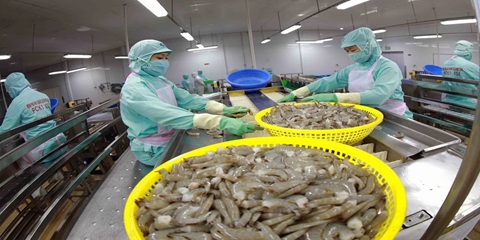
VIETNAM’S SEAFOOD EXPORTS HIT OVER US$10 BILLION IN JAN-NOV
Seafood export revenue in November alone amounted to nearly US$990 million, up 6.6% year-on-year. Key product groups posted solid gains. Shrimp exports rose 11.7% to over US$385 million, supported by strong demand for whiteleg shrimp and lobster. Tra fish shipments increased 9.7% to almost US$197 million, while marine fish, squid, and mollusk exports maintained their recovery.

VIETNAM’S AGRO-FORESTRY-FISHERY EXPORTS HIT NEW RECORD IN JAN-NOV
Vietnam’s agro-forestry-fishery export revenue reached an estimated US$64.01 billion in the first 11 months of 2025, up 12.6% year-on-year and surpassing the full-year record of US$62.4 billion set in 2024. Agricultural exports reached US$34.24 billion, up 15% year-on-year, while livestock products brought in US$567.4 million, a 16.8% increase. Seafood exports rose 13.2% to US$10.38 billion, and forestry products earned US$16.61 billion, up 5.9%.

HANOI REPORTS RECORD-HIGH BUDGET REVENUE IN 2025
Hanoi’s budget revenue is estimated to reach VND641.7 trillion in 2025, the highest level ever recorded and nearly 25% above the revised target, according to a report by the municipal government. Data from the city’s socioeconomic performance review shows that total state budget collections in 2025 are projected to reach 124.9% of the adjusted plan and rise 24.9% from 2024, the Vietnam News Agency reported.

VIETNAM, CHINA TO PILOT TWO-WAY CARGO TRANSPORT AT LANG SON BORDER
Vietnam and China will launch a one-year pilot program on December 10 to allow two-way cargo transport through the Huu Nghi–Youyi Guan international border gates in Lang Son Province, reported the Vietnam News Agency. The Dong Dang-Lang Son Economic Zone Management Board said the trial aims to reduce transport costs and improve customs clearance capacity.
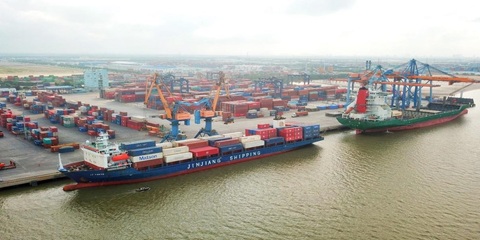
VIETNAM’S IMPORT-EXPORT VALUE NEARS US$840 BILLION IN JAN-NOV
The total value of Vietnam’s imports and exports was nearly US$840 billion between January and November this year, the highest level ever recorded, according to the National Statistics Office. In its latest report on the country’s socio-economic performance, the National Statistics Office highlighted a series of positive economic indicators, with trade emerging as one of the strongest drivers of growth.

OVER 19 MILLION INTERNATIONAL VISITORS COME TO VIETNAM IN JAN-NOV
Vietnam received more than 19.1 million international visitors in the first 11 months of 2025, a 20.9% increase year-on-year and the highest level ever recorded, according to the National Statistics Office. The figure surpasses the full-year record of 18 million arrivals set in 2019, before the Covid-19 pandemic. Nearly two million foreign visitors arrived in November alone, up 14.2% from October and 15.6% from the same period last year.
